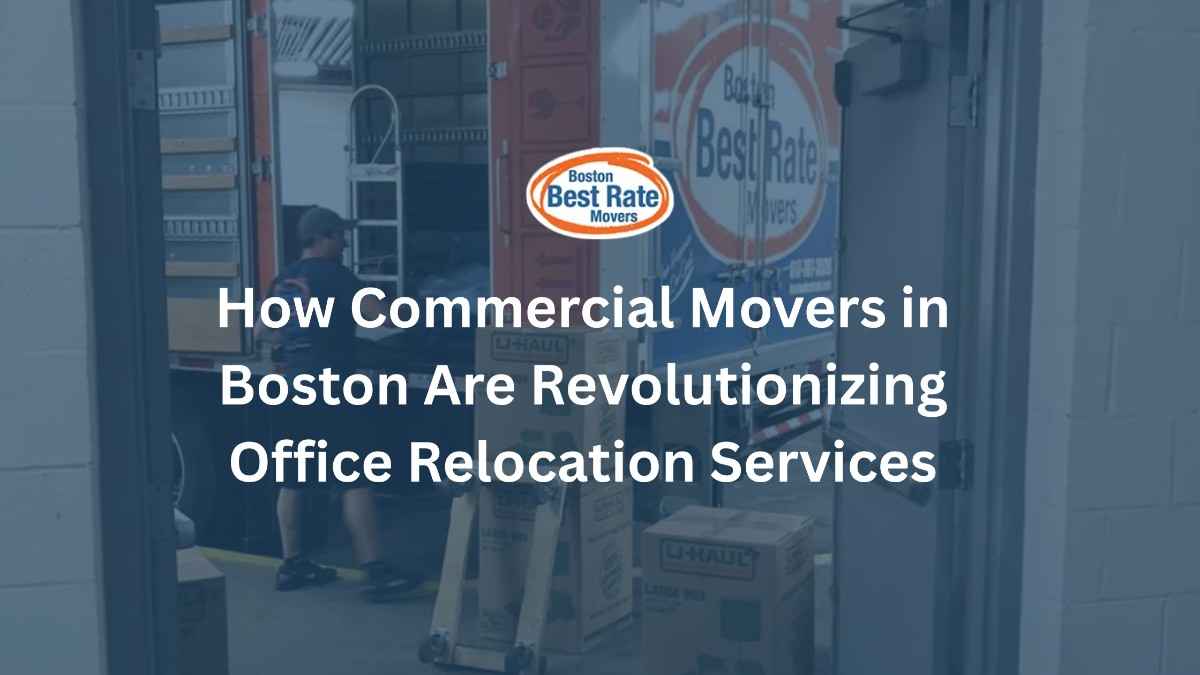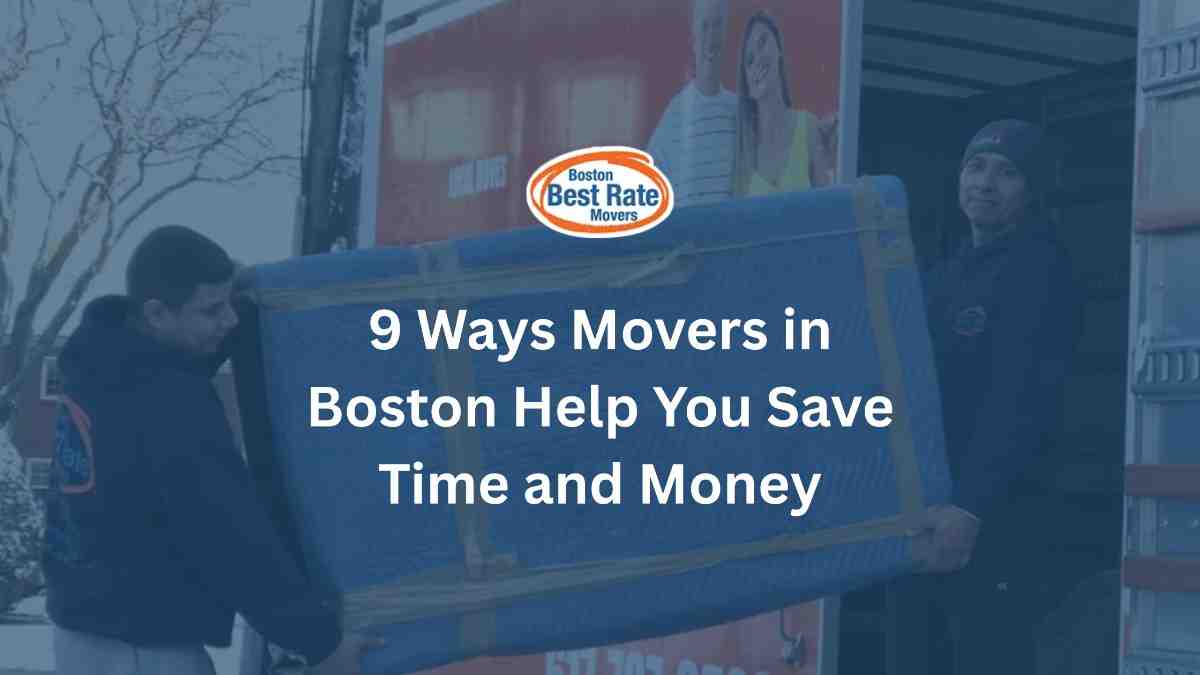Moving high-value items can be overwhelming, conjuring images of damaged heirlooms or lost valuables. Yet, the key to a successful move lies in preparation and knowledge. Understanding the risks and implementing protective measures can transform a stressful experience into a seamless transition.
This article provides expert tips on insurance, choosing the right movers, packing strategies, transportation insights, and post-move care, ensuring your valuables are protected every step of the way. Let's dive in!
Insuring your valuables

Understanding insurance options
Navigating insurance options is the first line of defense in protecting your valuables. Most moving companies offer primary coverage, but more is needed for high-value items.
Delve into third-party insurance policies that offer comprehensive coverage against damage or loss. Understanding the "actual cash value" and "replacement value" coverage will help you choose the best option.
Valuing your items correctly
Accurate valuation of your items is crucial. Engage a professional appraiser for items of significant value to ensure you're adequately covered. This step is not just about insurance; it's about knowing the worth of your possessions in today's market, which can be vital for loss or damage.
Documenting item conditions
Documenting the condition of each item pre-move is indispensable. Take clear, high-resolution photos from multiple angles, highlighting any existing damage. This visual record proves the item's condition before movers, crucial for any potential insurance claims, handle it.
Claiming insurance effectively
Familiarize yourself with the process of filing a claim before you move. Keep all documentation, including valuation certificates and photos, easily accessible. Time is of the essence in claim processes, so knowing the steps in advance can expedite resolutions.
Quick tips on insurance choices
Don't remember to consider the value of comprehensive insurance. Opt for a policy that covers the total value of your item, and read the fine print. Understanding exclusions and deductibles ahead of time can prevent surprises down the line.
Selecting the right movers

Importance of experienced movers
Choosing a moving company with specific experience in handling high-value items is paramount. These movers come equipped with the knowledge, equipment, and techniques to ensure the safety of your valuables. Investigate their history with similar moves and seek testimonials or case studies demonstrating their capability.
Key mover qualifications
A mover's qualifications can significantly impact the safety of your items. Verify their licensing and insurance, ensuring they comply with local and national regulations. Accreditation by recognized industry organizations, like the American Moving and Storage Association, can be a good indicator of reliability.
Essential questions to ask
Arm yourself with a list of questions when evaluating movers. Inquire about their packing and transportation methods for delicate items, their protocol for unexpected scenarios, and how they secure items against theft or damage. Their responses will provide insight into their professionalism and attention to detail.
Understanding mover's liability
Mover's liability and insurance coverage are distinct entities. Understand the limits of your mover's liability, which often only covers a fraction of an item's value. Clarifying this before signing any contracts can save you from unexpected gaps in coverage.
Coordinating with movers
Effective communication with your movers is crucial for a smooth move. Please provide them with detailed information about your high-value items, including their condition, value, and any special handling instructions.
Packing tips

Best packing practices
Investing in premium packing materials can significantly enhance the protection of your valuables. Materials designed for high-value items, such as acid-free paper, custom foam inserts, and sturdy crates, can provide superior protection to standard moving boxes and bubble wrap.
The role of professional packers
Consider hiring professional packers experienced in handling high-value items. These specialists are trained in the art of secure packing, utilizing techniques and materials that minimize the risk of damage during transit. Their expertise can be precious for fragile items that have irregular shapes or are susceptible to environmental factors.
Using custom crating
Custom crating is the gold standard for items that require the utmost protection. Professional craters can design and build crates tailored to your item's dimensions, providing unparalleled protection against impacts, vibrations, and pressure changes during the move.
Making an inventory list
An exhaustive inventory list is a critical tool for managing your move. List each item, along with its condition, value, and any identifying characteristics. This list aids in organization, ensures all items are accounted for, and is essential for insurance purposes.
Organizing and labeling
Efficient organization and labeling can streamline the unpacking process and enhance security. To avoid attracting attention, label boxes with general descriptions that keep the contents' value private. Consider coding boxes and keeping a separate, private list that deciphers the code to maintain privacy.
Transportation insights

Choosing the correct transportation method
The choice between ground transport, air freight, or specialized shipping services hinges on several factors: the nature of your items, their size and weight, and how far they need to travel.
Ground transport, while slower, often provides more direct control over the handling and security of your items. Air freight, on the other hand, offers speed at a higher cost, with considerations for temperature and pressure changes during flight.
Assessing risk and security during transit
Evaluate the potential risks associated with each transportation option. Consider environmental risks, such as exposure to extreme temperatures or humidity, and logistical risks, like delays or mishandling. Opt for transportation methods that offer enhanced security features, including GPS tracking, secure loading and unloading practices, and vetted personnel.
Navigating international moves
International relocations add another layer of complexity, involving customs regulations, potential tariffs, and longer transit times. Choose a mover with experience in global logistics who can navigate these challenges and offer advice on the safest and most efficient shipping methods.
Ensuring safety and security measures
Invest in services that prioritize the safety of your high-value items. This includes real-time tracking capabilities, comprehensive insurance coverage, and secure packing and loading techniques. Ask about the mover's contingency plans for unexpected situations, such as vehicle breakdowns or severe weather, to ensure they are prepared to protect your items.
Inspecting items upon arrival
Once your items reach their destination, conduct a thorough inspection to assess their condition. Compare the state of each item against your pre-move documentation to identify any damage or loss. Promptly report any issues to the moving company and your insurance provider to facilitate the claims process.
Post-move care
After ensuring the safe transport of your high-value items, the post-move phase is crucial for maintaining their condition and security.

Unpacking strategies
Approach unpacking with the same care as packing. Prioritize high-value items and consider hiring professionals to unpack and install items, especially for complex setups like large artworks or antiques. Their expertise can prevent accidental damage during the final stages of your move.
Dealing with damage or loss
Despite all precautions, if you discover damage or loss, act promptly. When filing a claim with your insurance or moving company, refer to your inventory list and photographic documentation. Detailed records expedite the claim process, improving your chances of a favorable resolution.
Updating home insurance
Once settled, update your home insurance policy to reflect the value of your items in their new location. Changes in geography can affect risk levels and, consequently, insurance premiums and coverage needs. Consulting with your insurance provider can ensure your high-value items are adequately protected against local risks.
Valuing and documenting new items
If new valuables are acquired, appraise and document them immediately. Adding these items to your insurance policy and inventory list ensures continuous protection and peace of mind.
Maintenance tips
Finally, establish a routine to care for and maintain your high-value items. Regular cleaning, environmental control, and professional inspections can preserve their condition and value. Whether it's art, antiques, or electronic equipment, proper care ensures your treasures continue bringing joy and beauty to your home.
Conclusion
Moving with high-value items in Boston can be stress-free when you follow these detailed tips and partner with experienced professionals. Trusting the right movers with your valuables ensures they're protected every step of the way. Ready to move? Contact a trusted moving expert today for a worry-free experience with your high-value belongings.



.jpg)



